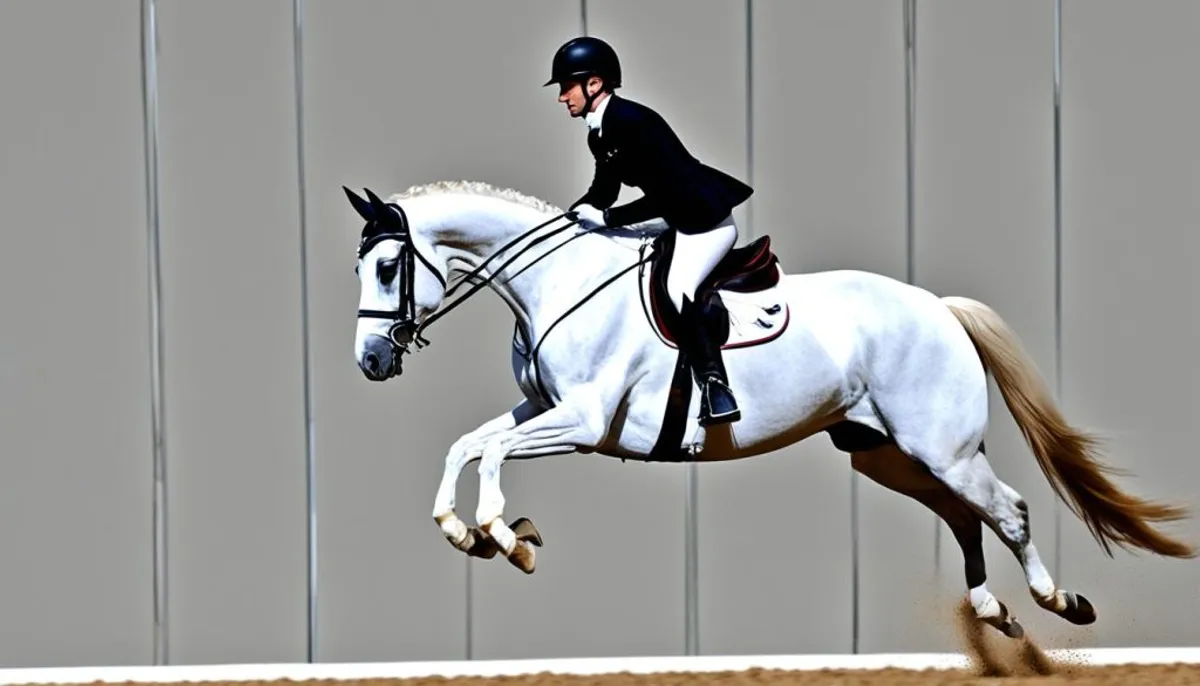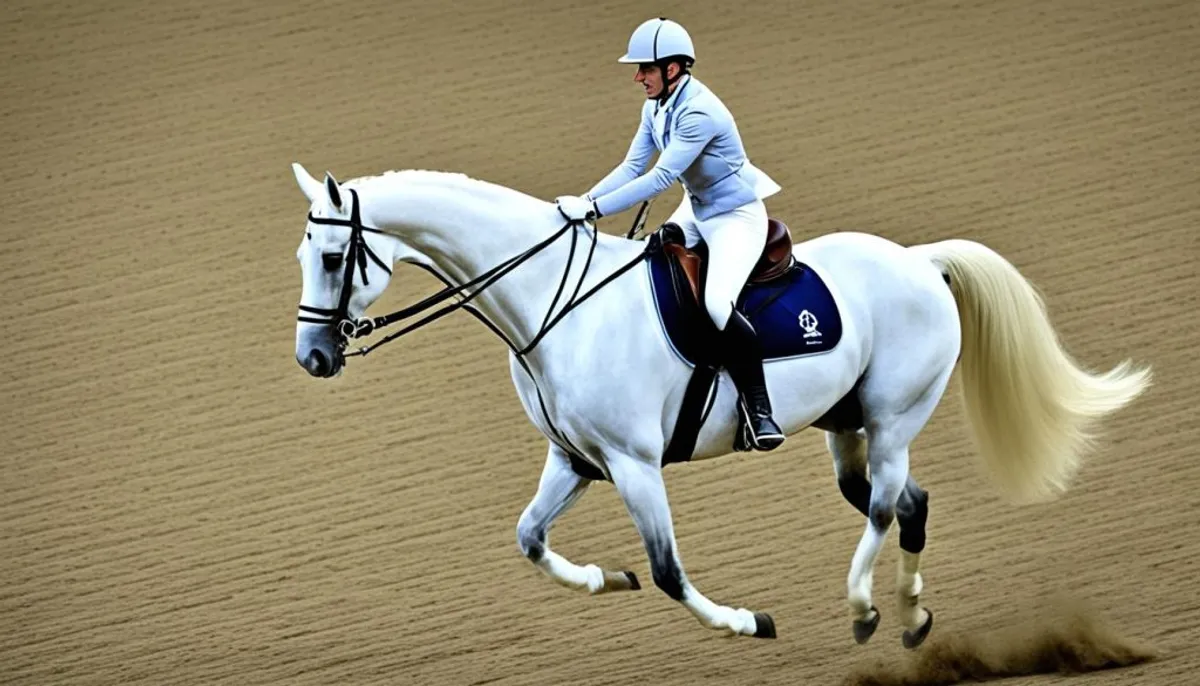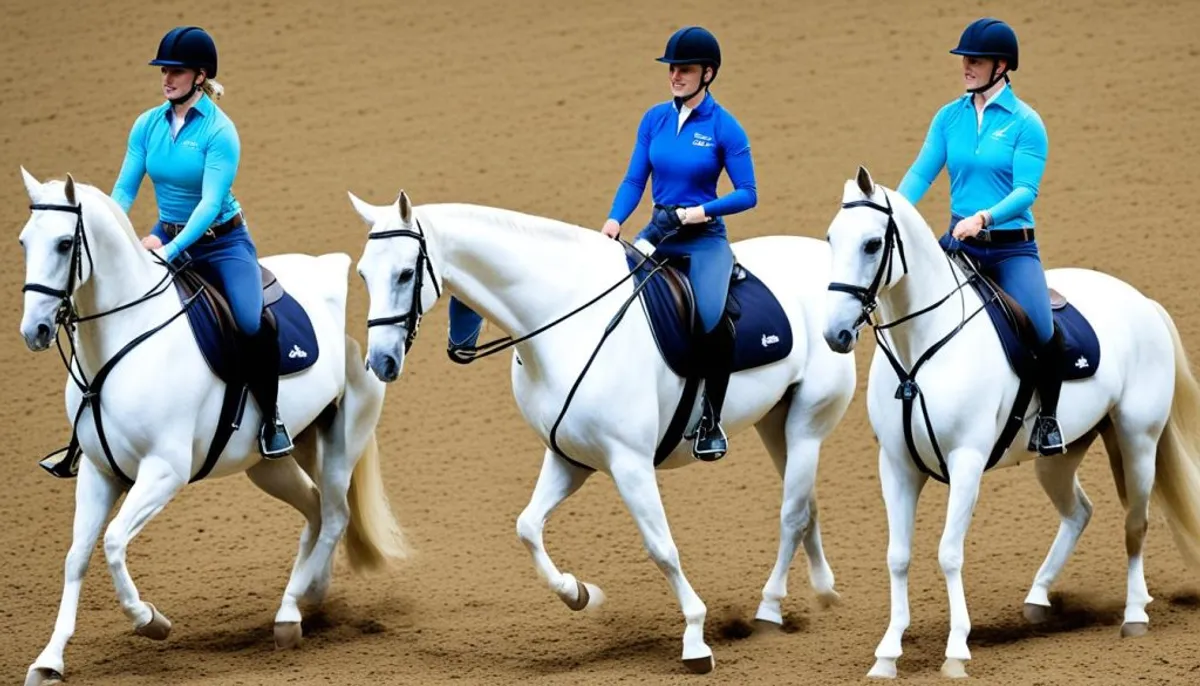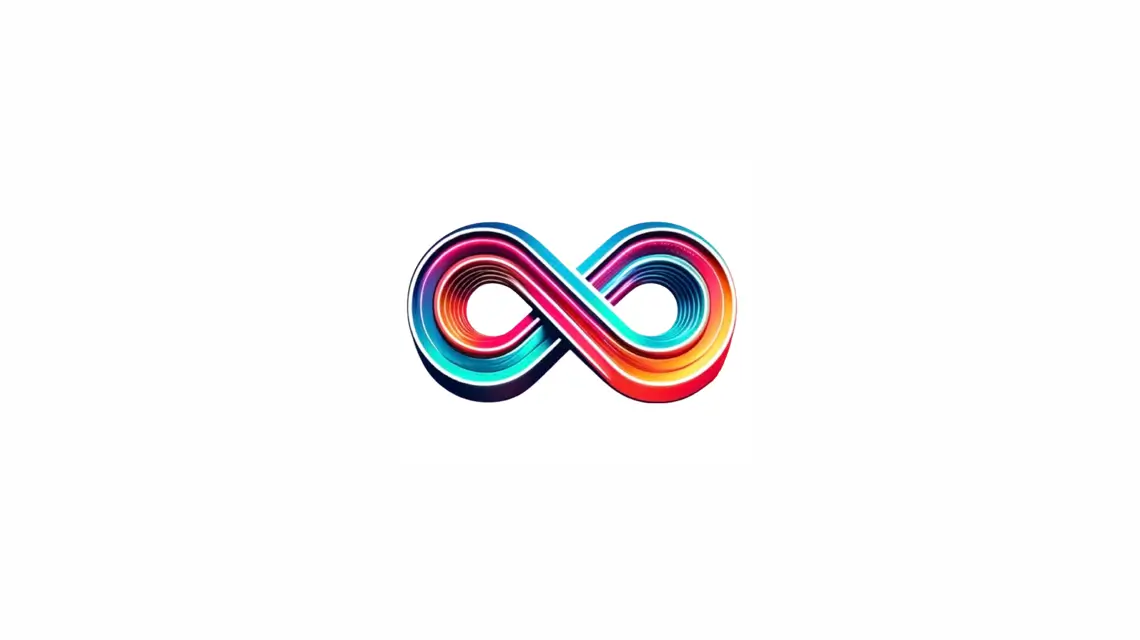The shoulder-in is essential in dressage. According to Nuno Oliveira, a famous rider, it is like an “aspirin.” It improves flexibility, balance, and prepares the horse for other exercises. To perform it well, the rider must be skilled and experienced. They coordinate various aids so that their horse moves elegantly.

Main lessons to remember:
- The shoulder-in is a key exercise in classical dressage
- It helps improve flexibility, balance, and preparation for other figures
- Mastering it requires tact and experience from the rider
- The rider must coordinate several differentiated aids to achieve a fluid movement
- It is an indispensable exercise in the horse's daily work
Definition of the shoulder-in
The shoulder-in is a key exercise. It helps the horse become more flexible on the sides. The horse bends slightly and moves towards the outer edge of this curvature. It can go either to the right or to the left, depending on how it bends.
Lateral flexion movement
Lateral movements like the shoulder-in make horses more supple. They help them relax and respond better to the rider's requests.
The curved horse moves towards the convex side
In the shoulder-in, the horse is slightly bent in the direction it is going. It progresses towards the outside of this curvature, which helps to engage the inside leg and rein.
| Parameter | Definition |
|---|---|
| shoulder-in | Lateral flexion exercise where the horse is slightly curved and moves towards the convex side |
| lateral flexion | Movement that allows the horse to relax and become supple |
| curvature | Light bending of the horse in the direction of movement |
| convex movement | The horse moves towards the convex side of the curvature |
Importance of the shoulder-in
The shoulder-in is crucial in riding. It helps to make the horse's shoulders and back supple. This improves its balance and straightness, preparing for other dressage movements.
This exercise is beneficial for the rider as well. It places the horse in a curved position, increasing the flexibility of its neck and shoulders. This position strengthens the balance and consistency of the strides, which is important in dressage.
Moreover, the shoulder-in activates the inside hindquarters. This prepares the horse for other challenges in dressage. It is a varied exercise, crucial for the horse's development.
| Benefits of the shoulder-in | Details |
|---|---|
| Flexibility | Stimulates the flexibility of the neck and shoulders |
| Balance | Improves the regularity of the gaits |
| Preparation for dressage | Develops the engagement of the inside hindquarters |
The shoulder-in is vital for both horse and rider. It helps them become supple, improves balance, and prepares for dressage.
Objectives of the shoulder-in
The shoulder-in is vital in the education of a dressage horse. It aims to improve the horse's flexibility, balance, and engagement from behind. These qualities are essential for a performing dressage horse.
Developing flexibility
This technique helps the horse become more supple. It works its body sideways, improving its flexibility. It learns to bend its spine and limbs correctly.
Improving balance and engagement of the hindquarters
The shoulder-in encourages the horse to balance better by shifting slightly. This means it places more power in its hind limbs. This is crucial for moving forward and maintaining stability in the shoulder-in.
Preparing for other dressage movements
This figure is a significant step towards other more difficult dressage movements. It prepares the horse by working on its flexibility, balance, and engagement. Thus, it will be ready for exercises like the half-pass.
Shoulder-in: The rider's aids
Successfully executing the shoulder-in requires good coordination. The rider's aids are crucial. They help the horse demonstrate its suppleness and balance.
Inside rein for the bend
The inside rein provides the bend and flexion. It guides the horse to curve. This keeps the horse's pace consistent and engaged.
Outside rein for regulation
The outside rein controls the shoulder and the curvature. This maintains the harmony of the movement. The rider must balance both reins for a nice arc.
Legs for impulsion and control
The rider's legs are essential in the shoulder-in. The inside leg pushes the horse forward. This ensures it moves correctly. The outside leg helps maintain the curvature.
This work requires finesse and balance from the rider. It demonstrates their mastery of the aids. It is good training for more advanced figures.

Success criteria
To judge whether the shoulder-in is well executed, several aspects are observed. The quality of the gait and the horse's curvature are assessed. The way the horse uses its inside hindquarters is also taken into account. These aspects are key during equestrian competitions.
Quality and regularity of the gait
The rider must maintain a cadence and a impulsion that are constant. The horse moves smoothly, without jolts. This shows the quality of their performance.
Harmonious curvature
The horse must be well curved, showing a regular bend. This curvature should not appear forced. It comes from the coordination between the horse and the rider.
Engagement of the inside hindquarters
The engagement of the inside hindquarters is crucial. The horse must place its inside hip under its center of gravity. This helps it move forward with strength and suppleness.
By following all these criteria, a rider demonstrates their ability to master the shoulder-in. This marks their progress in equestrian dressage.
Learning progressions
The shoulder-in is practiced by following several steps. This method helps the horse and rider learn progressively. They thus master this complex figure effectively.
Preparing on the circle
The work usually starts on a circle. This helps the horse to bend correctly. The rider learns to guide the horse using the reins and legs.
Counter-shoulder-in against the wall
After working on the circle, the focus shifts to the counter-shoulder-in, close to the wall. This work teaches the horse to channel its shoulders.
It also maintains its curvature. This is good training before attempting the shoulder-in.
Shoulder-in on 3 or 4 tracks
Next comes the shoulder-in on 3 or 4 tracks. The rider can change the angle of curvature.
This step is crucial for mastering this important figure in dressage.
Transitioning from circles to this performance on multiple tracks is a comprehensive method. Each step reinforces key skills for success.

Conclusion
The shoulder-in is essential in riding, especially for dressage enthusiasts. This exercise helps the horse become more supple, balanced, and straight. It also prepares it for other challenging exercises.
Learning the shoulder-in requires skill and experience. But, as Nuno Oliveira says, it is very important. It helps address many issues and makes the horses' work easier every day.
If you enjoy horse riding, the shoulder-in can greatly assist you. Whether for pleasure or competition, it is an important advantage.
Practice this exercise regularly and be patient. Your horse will become more agile, quick, and balanced.
In summary, the shoulder-in is crucial in riding. Knowing it well marks a significant step forward. It makes new techniques with your horse possible.
FAQ
What is the shoulder-in?
The shoulder-in is an exercise for horses. The horse moves in a curved side. This works on the horse's flexibility and balance for dressage.
Why is the shoulder-in important in riding?
This exercise helps the horse become more supple and balanced. It prepares it for other movements. This way, it performs better in dressage.
What are the objectives of the shoulder-in?
This aims to make the horse more flexible in the shoulders and hips. It also works on its balance and the engagement of the hindquarters. The goal is to train it for more advanced figures.
How should the rider use their aids to succeed in the shoulder-in?
For this, the rider must coordinate their movements well. They use the inside rein to slightly turn the horse. The outside rein maintains the shoulders. The legs help keep the horse straight.
What are the criteria for judging the success of the shoulder-in?
To judge, one observes if the horse's gait and impulsion are good. The curvature must be fluid. The hindquarters must participate well. The horse must remain agile, balanced, and straight.
How to learn the shoulder-in progressively?
One starts by turning on a circle to bend. Then, work on the counter-shoulder-in along a wall. Finally, introduce the shoulder-in with different inclinations. This method allows the horse to master this figure step by step.
RelatedRelated articles



